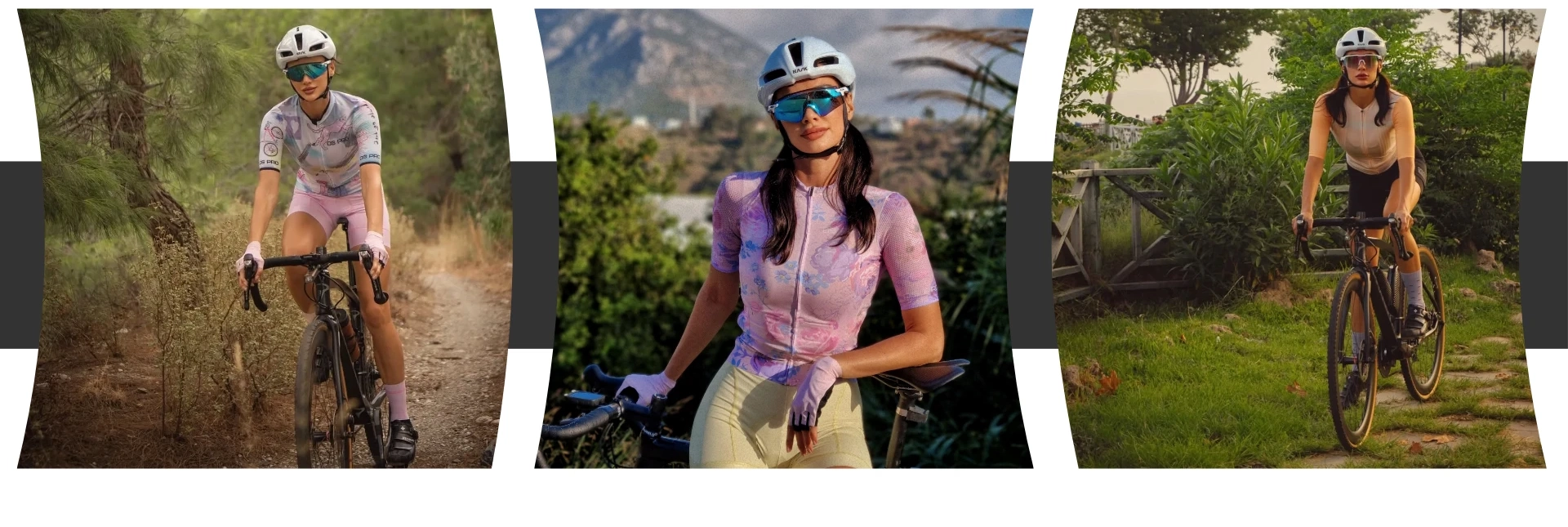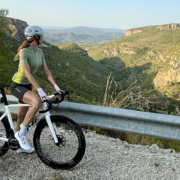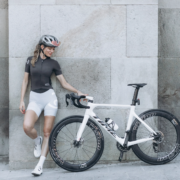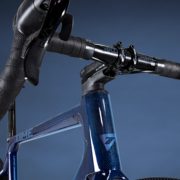All that glitters should be gold… but is it
Analysing & identifying high-performance cycling clothing
Robert Thorpe, & Nadezhda Pavlova
As cycling has become more popular, over the past 20 years or so, the cycle clothing scene has become flooded with brands who claim to be the Messiah of modern style and high-performance. And yet, in truth, many of these brands are simply as exaggerated as Donald Trump’s I.Q.; and you’re more likely to find Unicorn pooh in the local forests than you are to feel the expected benefits of what is all too often, simply cheap Lycra products with a fancy design printed onto the fabric. In too many cases, the names are also just as ridiculous as the claims, and they’ll add the word ‘Italian’ into the mix, purely to create some association with quality and style. Yes, we’re sorry to burst a few bubbles, folks; however, too frequently, too many mediocre brands are fooling you when they promise you high-performance clothing. Simply adding an expensive price-tag doesn’t add quality. Using a variety of technical fabrics, with a quality weave and weight; often with some added genuine science, alongside true design will denote quality. The problem is that it’s getting harder and harder to sort through the forests of false promises.
Whilst it’s time to say that goods made in China are often of the highest quality, and on a par with any other country; there are still sweat shop style factories in China and indeed, elsewhere, with poor fabrics, poor quality, and poor working conditions – making cheaply produced clothing, that you’ll pay over the odds for. And, production of cycle clothing has expanded across the world, as brands seek to reduce costs. Coming from a strategic review background – how to save millions in the public sector – reducing costs nearly always impacts on quality. After all, there’s a reason why the reliably good brands costs more – they innovate, research and test their products. The alternative is simply an online cycling shop filled with colourful and cheaply produced, lightweight, minimal stretch poorly fitting clothing, that’ll look good for minutes, and perform poorly from day 1.
High-quality clothing production at Alé, Italy
The science of synthetic fabrics
There’s a whole science around fabric technology, as the trusted brands spend time and money, working with some very clever people to bring you the very best high-performance cycling wear. If a brand is headed by an athlete or former athlete, that’s usually a good starting point for choosing a small and up and coming brands. Simply put, good athletes, such as our own Nadezhda Pavlova, know exactly what high-performance clothing needs to do, and how stylish that it needs to look and feel. For these people, there’s no such thing as second best; clothing has to perform, fit well, and look absolutely amazing – time after time, and after extensive use and many months or even years. That means constant research and innovation, and working with producers who are willing to put that effort into creating the best cycling clothing in the world. Yes, small brands can out-source production to expert companies. It makes sense to do so, benefitting from their research and development budgets, and work carried out, frequently in conjunction with leading universities. Where brands start out simply as a means to jump on the cycling band wagon and make money, you can usually be assured that they’ll forgo quality for profit, and that they’ll be experts only at exaggeration.
Whilst natural fabrics have proved their worth over centuries, they do have limitations. That’s ultimately why synthetic fabrics are perfect for sportswear. They work when required, and in the way that’s required, with excellent reliability. However, all that glitters is not gold; and not all fabrics – and cycle jerseys – are equal. Let’s take a look at the pros and cons of good quality, high-performance synthetics, such as those used by brands such as DS Pro, Alé, Beihler, G4 Dimension, Q36.5 and others.
Pros & Cons of Synthetic Fabrics
Well made and high-quality synthetic cycling fabrics such as world leaders, Lycra, give brands the very best moisture-wicking performance. This simply means that they get sweat away from your skin quickly and that they can bolster the breathability factor for any additional layers. You’ll feel comfortable and fresh all ride long, when you’re wrapped in good quality, highly technical fabrics. Even in the worst of weathers, they don’t hold on to moisture and will dry quickly, allowing you to keep on riding through the storms.
Synthetic fabrics are also cheaper than the natural alternatives, and importantly, they should provide superb 4 way or multi-directional stretch, wrapping your body in a second skin that looks amazing, whilst retaining good movement. Poor quality synthetic cycling jerseys will usually have a limited range of fabrics used in the product, with no form fitting, and no consideration for how the different areas of the body work and perform when cycling. Add to this, the downside of synthetic fabrics being that they’re not always produced in an environmentally friendly way, and that unless specially treated – an added cost – bacteria will thrive on synthetic fabrics, meaning unsavoury smells coming from you and your cycle clothing.
The good brands counter this by using a variety of fabrics in the different areas of the jersey and bib shorts; by using fabrics specifically designed for a sole purpose in that region of the body, such as under the arms, or a lighter, more breathable fabric for the back. Aero and truly form-fitting fabrics will cost more, and these are obvious to se, in high-quality brands such as DS Pro and G4 Dimension, from Barcelona and Nice respectively. High-quality brands will also focus on climate positivity, such as Alé, who use more than 90% low environmental impact materials sourced from recycled plastic waste in the construction of their latest cycling jerseys. Yes, you can ride with added sustainability in the synthetic fabrics used in your own choice of cycle clothing.













